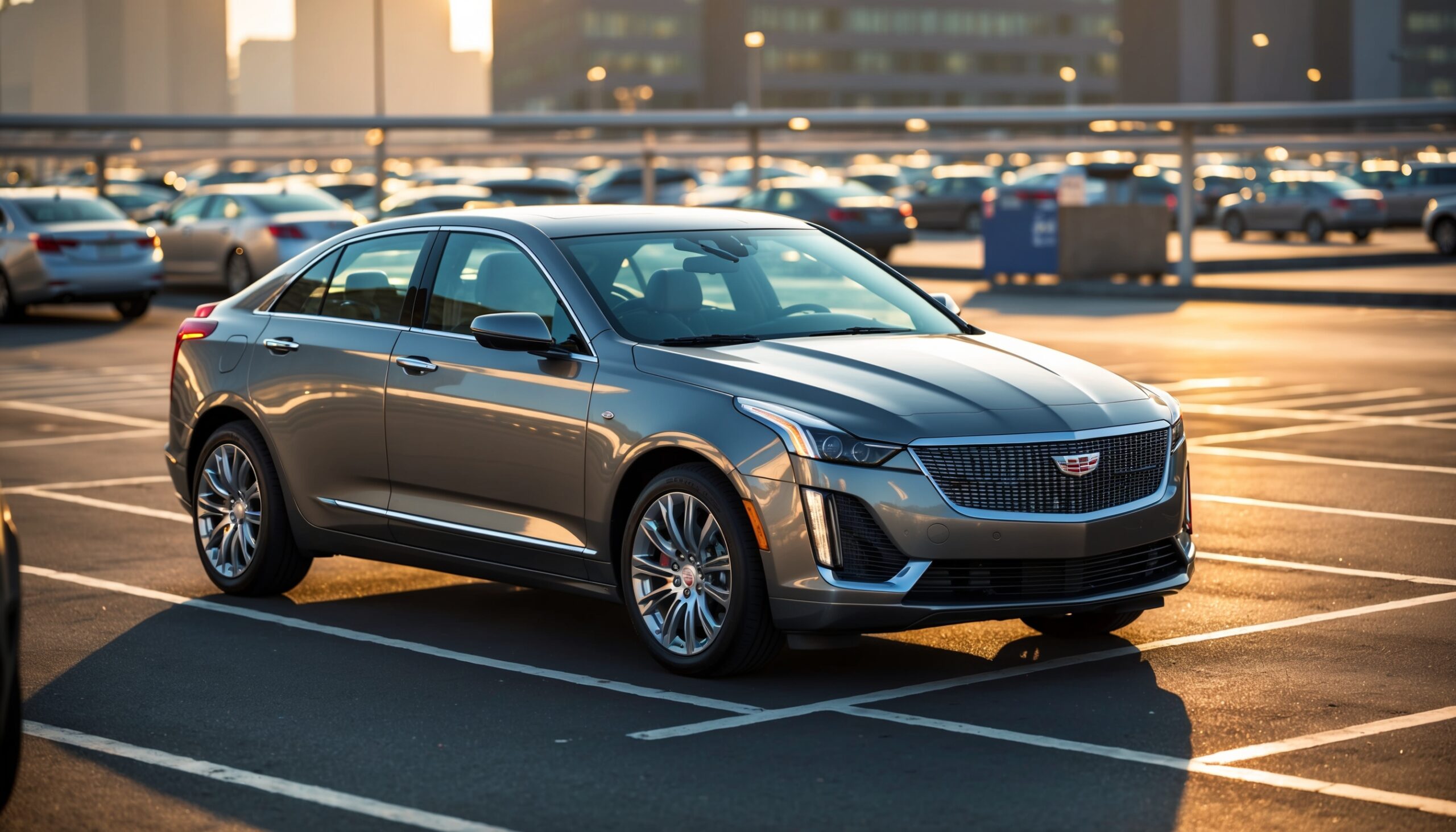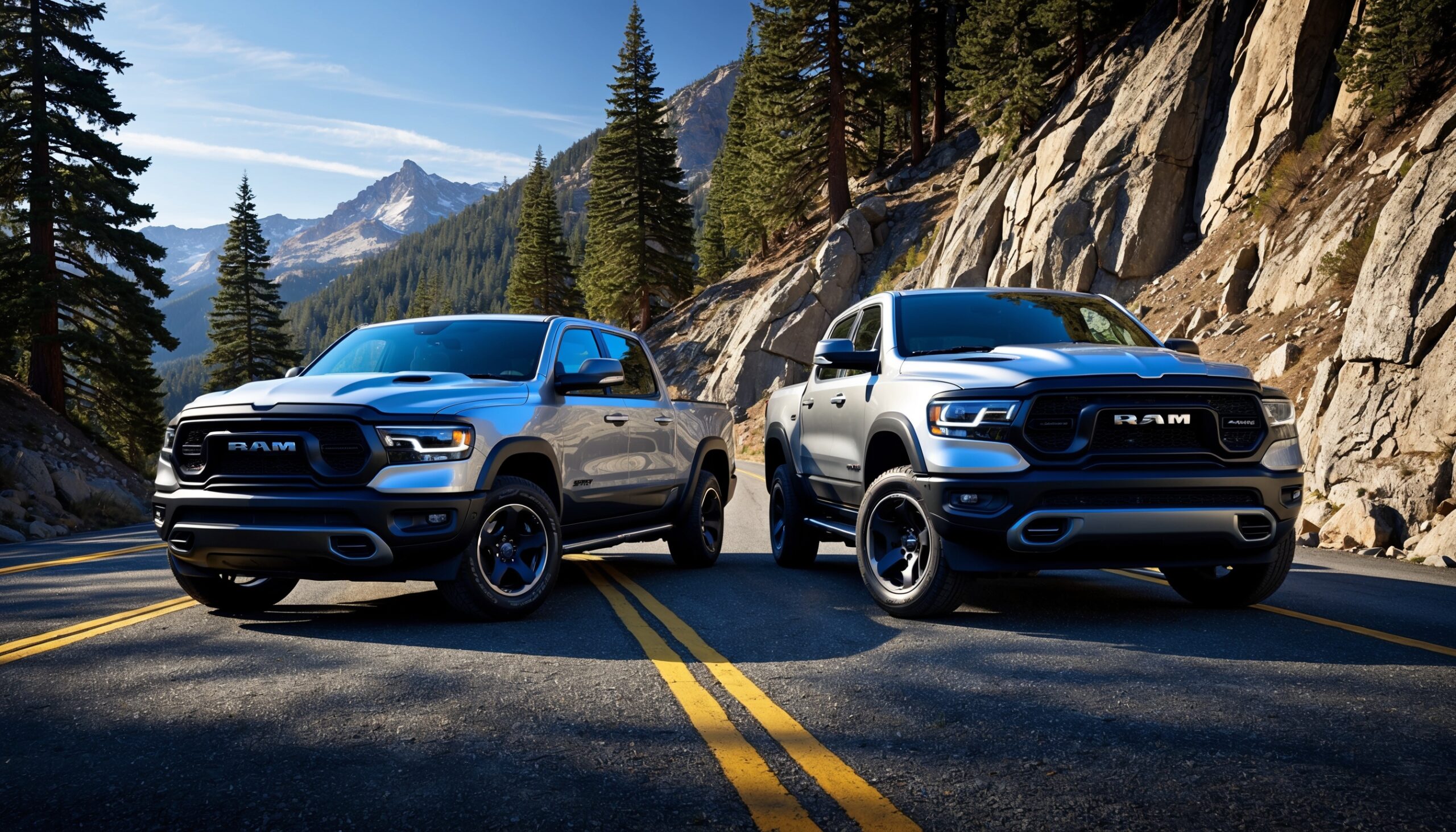Beyond the Chip Shortage: How Automakers are Securing the Future of Software-Defined Vehicles (SDVs)
The automotive world is experiencing a seismic shift, where the focus is no longer solely on the mechanics of the vehicle but increasingly on the software that powers it. As we delve into this exciting era of Software-Defined Vehicles (SDVs), we find ourselves navigating through a landscape that has been significantly impacted by recent global events, particularly the notorious chip shortage. But fear not, car enthusiasts! This post will explore how automakers are not just weathering the storm but are also innovating and preparing for a future where software and technology take center stage.
The Rise of Software-Defined Vehicles
Once upon a time, a car was a simple collection of mechanical parts working together to get you from point A to point B. Fast forward to today, and our vehicles are becoming more like computers on wheels. The rise of SDVs signifies a remarkable evolution in the automotive industry, where software plays a crucial role in enhancing functionality, safety, and user experience.
What Exactly Are Software-Defined Vehicles?
Software-Defined Vehicles are essentially cars that leverage software to control and manage various functions, from engine performance to infotainment systems. Unlike traditional vehicles, where hardware dictated capabilities, SDVs can adapt and evolve through software updates. Here are some defining characteristics:
- Over-the-Air (OTA) Updates: Just like your smartphone, SDVs can receive updates remotely, allowing manufacturers to fix bugs, improve performance, and even add new features without requiring a visit to a dealership.
- Enhanced Connectivity: SDVs are equipped with robust connectivity features, enabling them to communicate with other vehicles, infrastructure, and the cloud, paving the way for advancements like vehicle-to-everything (V2X) communication.
- Personalization: The software in SDVs allows for a level of customization previously unseen, tailoring the driving experience to individual preferences.
Challenges Faced: The Chip Shortage
The COVID-19 pandemic brought many challenges to the automotive industry, with one of the most significant being the global chip shortage. Automakers found themselves grappling with production delays, increased costs, and a backlog of orders. The shortage underscored the critical role that semiconductors play in modern vehicles, especially SDVs. As cars became more reliant on chips for their operation, from engine control units to infotainment systems, the impact was felt across the board.
Automakers’ Responses: Adapting to a New Reality
In the face of adversity, automakers have had to pivot quickly and strategically. The chip shortage has acted as a catalyst for change, propelling companies to rethink their approach to technology and software integration. Here’s how they are securing the future of SDVs:
1. Vertical Integration
One of the most significant changes has been the shift towards vertical integration. Automakers are increasingly looking to gain more control over their supply chains, especially regarding semiconductor manufacturing. By investing in or partnering with chip manufacturers, car companies aim to secure a steady supply of the critical components necessary for SDVs.
2. Strategic Partnerships
Collaboration is key in the automotive world, and many automakers are forging alliances with tech giants. Companies like Ford, GM, and Volkswagen are partnering with firms like Google, Microsoft, and Amazon to leverage their expertise in software development and cloud computing. These partnerships are designed to enhance the capabilities of SDVs, from improving in-car entertainment systems to enabling advanced driver-assistance systems (ADAS).
3. Investing in Research and Development
With the future of automotive technology hanging in the balance, automakers are ramping up their investments in R&D. This includes exploring advanced technologies such as artificial intelligence (AI), machine learning, and edge computing to enhance the performance and safety of SDVs. By pushing the boundaries of innovation, they are not just responding to current challenges but also preparing for future demands.
Key Innovations Shaping the Future of SDVs
As we look ahead, several key innovations are poised to redefine the landscape of Software-Defined Vehicles. Here are some trends that are gaining traction:
1. Advanced Driver-Assistance Systems (ADAS)
ADAS has become a cornerstone of modern vehicles, enhancing safety and convenience. From adaptive cruise control to lane-keeping assistance, these systems rely heavily on software and data processing. As automakers continue to refine these features, we can expect more robust ADAS capabilities that bring us closer to fully autonomous driving.
2. Electric Vehicles (EVs) and Software Integration
The rise of electric vehicles is intertwined with the evolution of SDVs. EVs depend on sophisticated software for battery management, energy optimization, and charging systems. Automakers are focusing on integrating software solutions that not only enhance performance but also improve the overall user experience, including seamless charging and range management.
3. Connectivity and Telemetry
In an increasingly connected world, SDVs are set to become integral to the Internet of Things (IoT). Real-time telemetry data allows manufacturers to monitor vehicle performance, anticipate maintenance needs, and even improve safety features. This connectivity will also enable vehicles to interact with smart cities, optimizing traffic flow and reducing congestion.
4. Enhanced User Interfaces
As software takes center stage, so does the user interface. Automakers are investing in developing intuitive, user-friendly interfaces that enhance the driving experience. Voice recognition, gesture control, and customizable displays are just a few features that are making their way into modern vehicles, making it easier for drivers to interact with their SDVs.
The Role of Cybersecurity in Software-Defined Vehicles
With great power comes great responsibility, and the rise of SDVs brings with it significant cybersecurity challenges. As vehicles become more connected, they are also more vulnerable to cyber threats. Automakers are prioritizing cybersecurity by implementing robust measures to protect vehicles from hacking and unauthorized access.
1. Built-in Security Protocols
Manufacturers are designing vehicles with built-in security features to safeguard against potential threats. This includes encrypted communication channels, secure boot processes, and regular software updates that patch vulnerabilities.
2. Collaboration with Cybersecurity Firms
Many automakers are partnering with cybersecurity experts to enhance their defenses. These collaborations focus on identifying potential risks and developing strategies to mitigate them, ensuring that SDVs remain secure as they evolve.
3. Consumer Education
Educating consumers about cybersecurity is becoming increasingly important. Automakers are providing resources and guidance on how to protect their vehicles and personal data, fostering a culture of safety and awareness among drivers.
What This Means for Car Enthusiasts
The shift towards Software-Defined Vehicles is exciting for car enthusiasts. While some may worry that the soul of driving is being lost, the reality is that these advancements are enhancing the driving experience in ways we never thought possible. Here’s what you can look forward to:
1. More Engaging Driving Experiences
As software continues to evolve, the driving experience will become increasingly engaging. Features like customizable driving modes, real-time performance tracking, and even gamified experiences will allow enthusiasts to connect with their vehicles on a deeper level.
2. Enhanced Performance and Efficiency
With advanced software managing various aspects of vehicle performance, enthusiasts can expect improvements in speed, handling, and fuel efficiency. Manufacturers will be able to fine-tune performance characteristics through software updates, ensuring that your ride is always at its best.
3. Greater Customization
Gone are the days when customization was limited to physical modifications. With SDVs, car enthusiasts can personalize everything from interior lighting to performance settings through software interfaces. This level of customization allows you to create a vehicle that truly reflects your personality and driving style.
4. A Community of Innovation
The shift towards SDVs is not just about individual vehicles; it’s about building a community of innovation. Enthusiasts will have the opportunity to engage with a network of like-minded individuals, sharing experiences, tips, and tricks about the latest software features and enhancements.
Also Read: Winners and Losers: Analyzing the Top-Selling Cars of the Last Quarter (Focusing on the latest sales data)
Looking Ahead: The Future of Automotive Technology
The journey towards a future dominated by Software-Defined Vehicles is just beginning. As automakers continue to adapt to changing market demands and technological advancements, we can expect to see exciting developments that will reshape the automotive landscape. Key areas to watch include:
1. Autonomous Driving
The dream of fully autonomous vehicles is becoming more tangible each day. As SDVs improve their software capabilities, we’ll see advancements in self-driving technology that could revolutionize how we commute, travel, and interact with our vehicles.
2. Integration of AI and Machine Learning
Artificial intelligence and machine learning will play pivotal roles in optimizing vehicle performance and enhancing user experiences. From predictive maintenance to personalized infotainment systems, AI will help create smarter, more responsive vehicles.
Also Read: The Future of ADAS: Will Level 3 Autonomy Become the New Standard in Luxury Sedans?
3. Sustainability and Environmentally Friendly Technologies
As the automotive industry moves towards sustainability, software will play a crucial role in optimizing energy consumption and reducing emissions. Expect to see increased integration of renewable energy sources and eco-friendly technologies within SDVs.
4. New Business Models
As vehicles become more software-driven, new business models will emerge. Subscription services, shared mobility, and pay-per-use systems are just a few examples of how the automotive market may evolve, offering consumers more flexibility and choice.
In conclusion, the future of Software-Defined Vehicles is bright, shaped by innovation, collaboration, and a dedication to enhancing the driving experience. As we navigate this transformative journey, Torque Feed will keep you updated on the latest developments and trends, ensuring that you remain at the forefront of automotive technology. So buckle up, car enthusiasts! The ride is just getting started.












